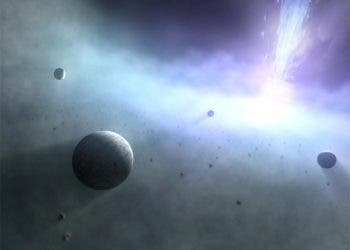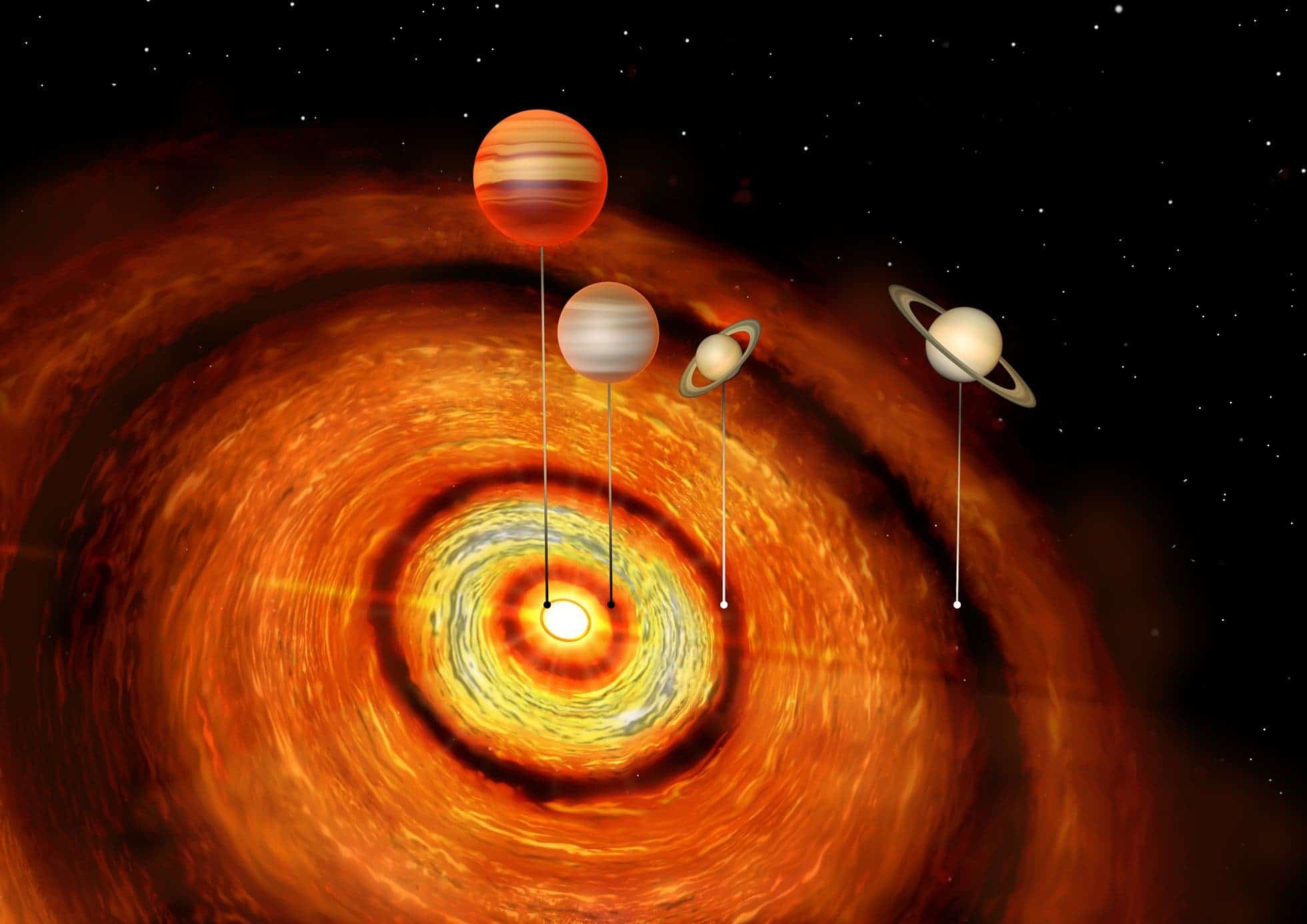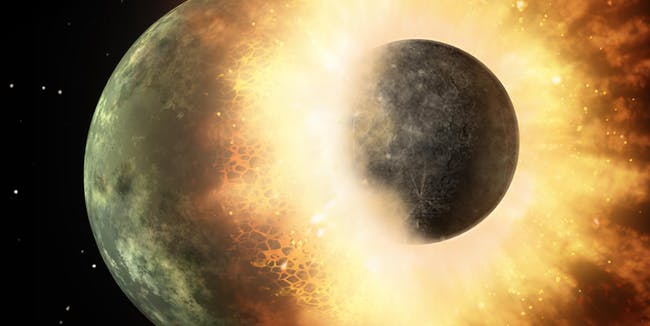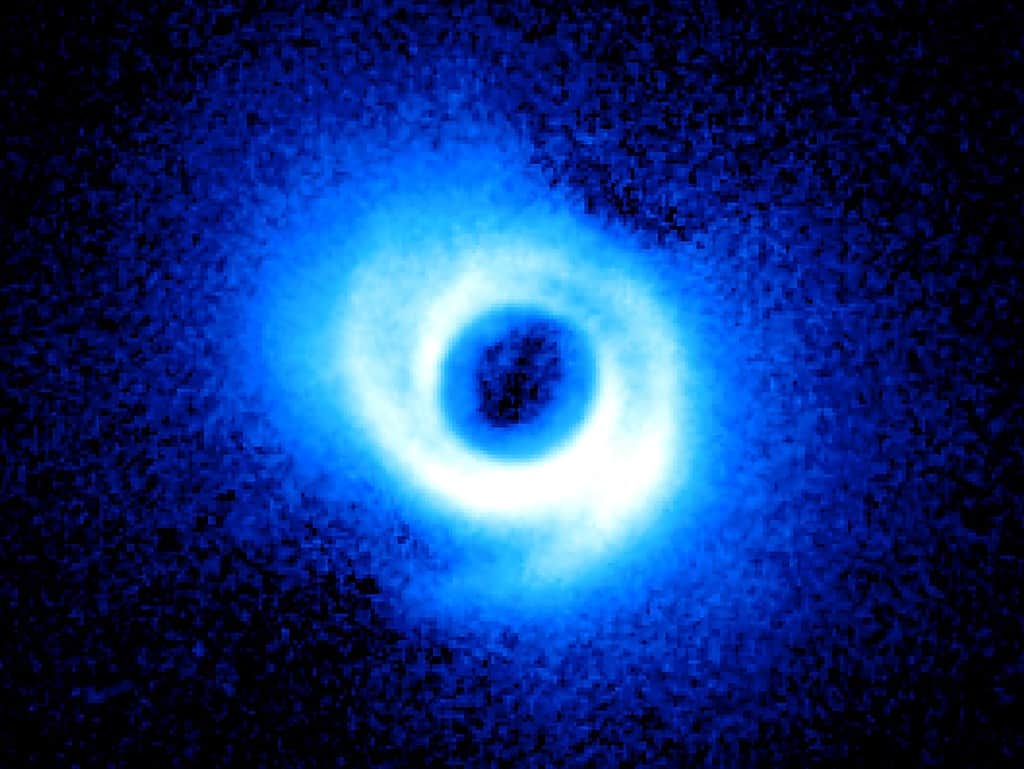
Astronomers have always been captivated by the mystery of how planets form. What we know so far is that planets start off as whirling disks of gas and dust around newborn stars. These protoplanetary disks eventually coalesce into planets, driven by gravity. However, despite their importance, observing worlds developing within the disks remain elusive.
Now three universities are enlisting the help of the mighty James Webb Space Telescope (JWST) in their research.
The University of Michigan (U-M), University of Arizona (UArizona), and University of Victoria have recently collaborated on three studies to gain fresh insights into protoplanetary disk dynamics. Using the Hubble Space Telescope, Atacama Large Millimeter Array data, and the imaging power of the JWST, scientists have started to piece together the early phases of planet formation and interactions. To do so, the team used JWST to help observe protoplanetary disks HL Tau, SAO 206462, and MWC 758 in hopes of detecting any planets that might be forming.
The papers, published in The Astronomical Journal, pieced together previously unseen interactions between planet-forming disks and the gas and dust envelope encompassing the young stars.
Scientists discovered a planet candidate around SAO 206462 that may offer a window into the planetary birth process. But this possibility was not the enormous, brilliant gas giant they had expected, which suggests the object could be much cooler or hidden by gas, making discovery difficult.
“Several simulations suggest that the planet should be within the disk, massive, large, hot, and bright. But we didn’t find it. This means that either the planet is much colder than we think, or it may be obscured by some material that prevents us from seeing it,” said U-M astronomer Gabriele Cugno, a co-author on all three papers.
“What we have found is a different planet candidate, but we cannot tell with 100% certainty whether it’s a planet or a faint background star or galaxy contaminating our image. Future observations will help us understand exactly what we are looking at.”
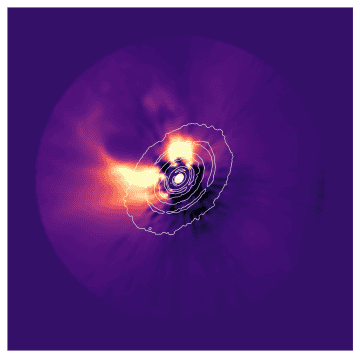
These investigations uncover the possibility of planet formation and the complex internal architecture in the disks. For instance, the disk surrounding HL Tau has gaps and rings similar to those in the early Solar System. Still, the vast clouds of dust prevent direct observation of planets developing.
“The problem is, whatever we’re trying to detect is hundreds of thousands, if not millions of times fainter than the star,” Cugno said. “That’s like trying to detect a little light bulb next to a lighthouse.”
HL Tau’s disk is known for having several solar-system scale rings and gaps which could harbor planets.
“While there is a ton of evidence for ongoing planet formation, HL Tau is too young with too much intervening dust to see the planets directly,” said Jarron Leisenring, an astronomer at the UArizona Steward Observatory. “We have already begun looking at other young systems with known planets to help form a more complete picture.”
The JWST revealed unexpected details of a different feature: the proto-stellar envelope; essentially a dense inflow of dust and gas surrounding a young star just beginning to join together. Under the influence of gravity, material from the interstellar medium falls inward onto the star and disk, where it serves as the raw material for planets and their predecessors.
No new planets but astronomers are getting close
The absence of planets in the detected disks may actually reveal just as much information as their presence. This suggests that planets with faintness, proximity to their host stars, or dust coverage could be responsible for shaping disk features like gaps and spiral arms. This contributes to improving knowledge of disk temperature, planetary mass, and material distribution.
Kevin Wagner, a NASA Hubble/Sagan Fellow at UArizona Steward Observatory, conducted the UArizona investigation that looked at MWC 758’s protoplanetary disk. This most recent research did not find any new planets, but the study let the astronomers put the tightest limits yet on the planets they think might be there. For one, the results rule out the existence of additional planets in the outer regions, consistent with a single giant planet driving the spiral arms.
“The lack of planets detected in all three systems tells us that the planets causing the gaps and spiral arms either are too close to their host stars or too faint to be seen with JWST,” said Wagner, a co-author of all three studies. “If the latter is true, it tells us that they’re of relatively low mass, low temperature, enshrouded in dust, or some combination of the three—as is likely the case in MWC 758.”
Knowing how protoplanetary disks move and how gas giants form is important because it affects how water and minerals get to rocky planets forming close to the star. Furthermore, this study helps scientists understand how planetary systems form and figures out the necessary conditions for habitable worlds to exist.
“It’s really important to understand how (these planets) form and evolve, and to refine our theories,” said Michael Meyer, U-M astronomer and coauthor of all three studies. “Some astronomers think that these gas giant planets regulate the delivery of water to rocky planets forming in the inner parts of the disks.”
The papers were published in The Astronomical Journal:
- JWST/NIRCam Imaging of Young Stellar Objects. I. Constraints on Planets Exterior to the Spiral Disk Around MWC 758
- JWST/NIRCam Imaging of Young Stellar Objects. II. Deep Constraints on Giant Planets and a Planet Candidate Outside of the Spiral Disk Around SAO 206462
- JWST/NIRCam Imaging of Young Stellar Objects III. Detailed Imaging of the Nebular Environment Around the HL Tau Disk

